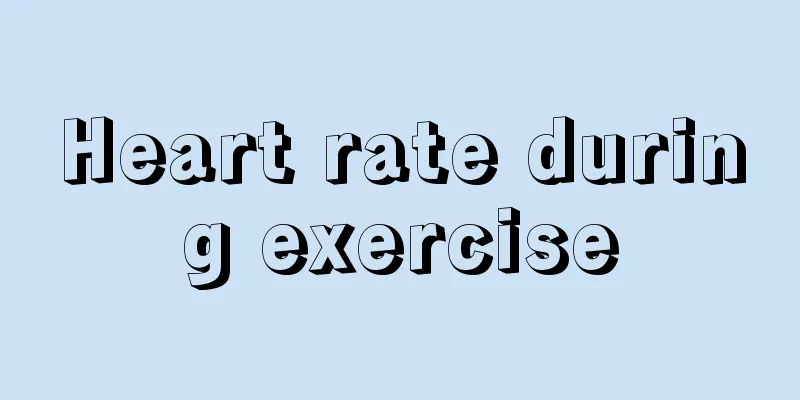Heart rate during exercise

|
In life, because we do not have enough time to exercise, our resistance will continue to decline, and in serious cases, we may be infected with various diseases. Everyone knows that exercise can improve our body's functions and thus achieve a healthy body. When we exercise, our heart rate is relatively high. This is because the blood flow increases, which leads to higher heart efficiency. Heart rate refers to the number of heartbeats per minute in a normal person's quiet state, also called resting heart rate. It is generally 60 to 100 beats per minute, and may vary from person to person due to age, gender or other physiological factors. Generally speaking, the younger the age, the faster the heart rate. The elderly have a slower heart rate than the young, and women have a faster heart rate than men of the same age. These are all normal physiological phenomena. When at rest, the normal heart rate for adults is 60 to 100 beats per minute, and the ideal heart rate should be 55 to 70 beats per minute (the heart rate of athletes is slower than that of ordinary adults, generally around 50 beats per minute). Heart rate changes are closely related to heart disease. If the heart rate exceeds 160 beats/minute, or is lower than 40 beats/minute, it is mostly seen in patients with heart disease. If it is often accompanied by palpitations, chest tightness and other discomforts, a detailed examination should be carried out as soon as possible so that treatment can be targeted at the cause. 1. Tachycardia When an adult's heart rate exceeds 100 beats/minute (generally not more than 160 beats/minute) at rest, it is called sinus tachycardia, which is common in people who are excited, agitated, smoke, drink alcohol, drink strong tea or coffee, or in pathological conditions such as infection, fever, shock, anemia, hypoxia, hyperthyroidism, heart failure, or after the use of drugs such as atropine, epinephrine, ephedrine, etc. 2. Bradycardia When an adult's heart rate is lower than 60 beats/minute (generally above 45 beats/minute) at rest, it is called sinus bradycardia, which can be seen in healthy people and athletes who engage in heavy physical labor for a long time; or in hypothyroidism, increased intracranial pressure, obstructive jaundice, and overdose of digitalis, quinidine or propranolol. If the heart rate is lower than 40 beats/minute, sick sinus syndrome, atrioventricular block, etc. should be considered. If the pulse is unequal and irregular and the pulse rate is less than the heart rate, atrial fibrillation should be considered. |
<<: I woke up with pain in the middle of my spine
>>: Why have I become sleepy recently? What's wrong with me feeling tired and sleepy every day?
Recommend
X-ray manifestations of osteochondroma
Examination of people's internal bodies is ma...
Can patients with nasopharyngeal cancer eat through the mouth?
Can patients with nasopharyngeal cancer eat orall...
What causes gonococci?
Gonococcal infection is not uncommon, and the rea...
Can I eat pineapple if I have skin allergies? It turns out this is the case
Skin allergies are a common phenomenon in daily l...
Diet for a 68-year-old male with bladder cancer
Bladder cancer affects our lives, so it is very i...
How to treat advanced lung cancer? Traditional Chinese medicine is the first choice for the treatment of advanced lung cancer
How to treat advanced lung cancer? Lung cancer is...
How can I improve my drinking capacity
For some people who have just entered the society...
How to treat prostate cancer 6 methods recommended for treating prostate cancer
In recent years, the incidence of cancer has cont...
What are the symptoms of endometrial cancer
In life, many patients with uterine cancer feel d...
Is fetal heart rate of 160 normal?
If the test result is a fetal heart rate of 160, ...
8 high-risk groups for breast cancer
In recent years, with the increasing incidence of...
Is it possible that bone cancer is hereditary?
Bone cancer is the most painful cancer for patien...
How do the sympathetic nervous systems affect the heartbeat?
The sympathetic nerves are an important component...
Patients with rectal cancer also have positive stool occult blood or bloody stools
Patients with rectal cancer also have positive st...
What are the folk remedies for treating spleen deficiency, damp-heat and constipation?
Many people suffer from spleen deficiency, dampne...









